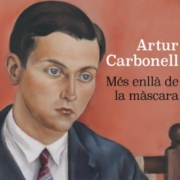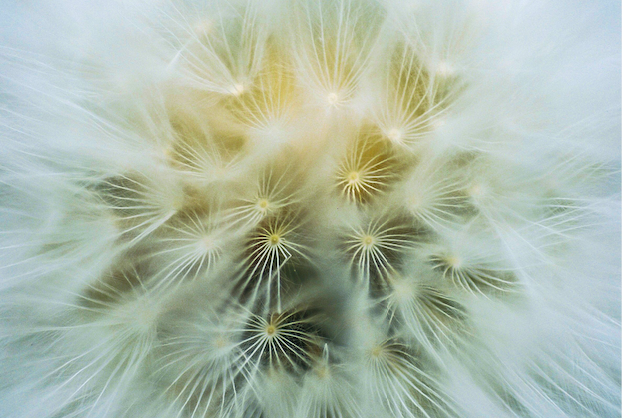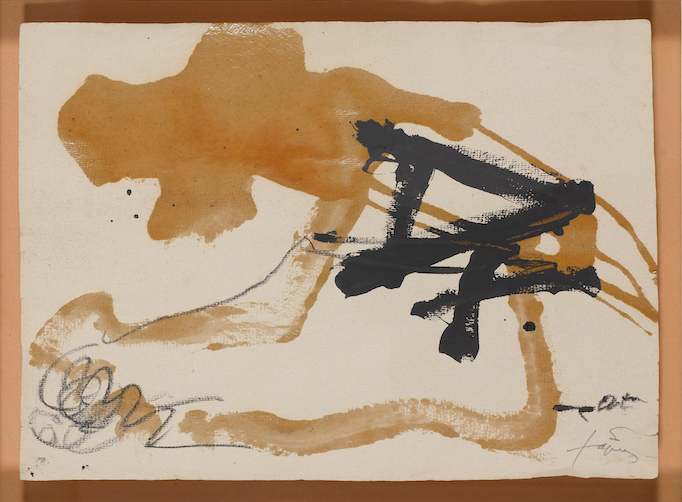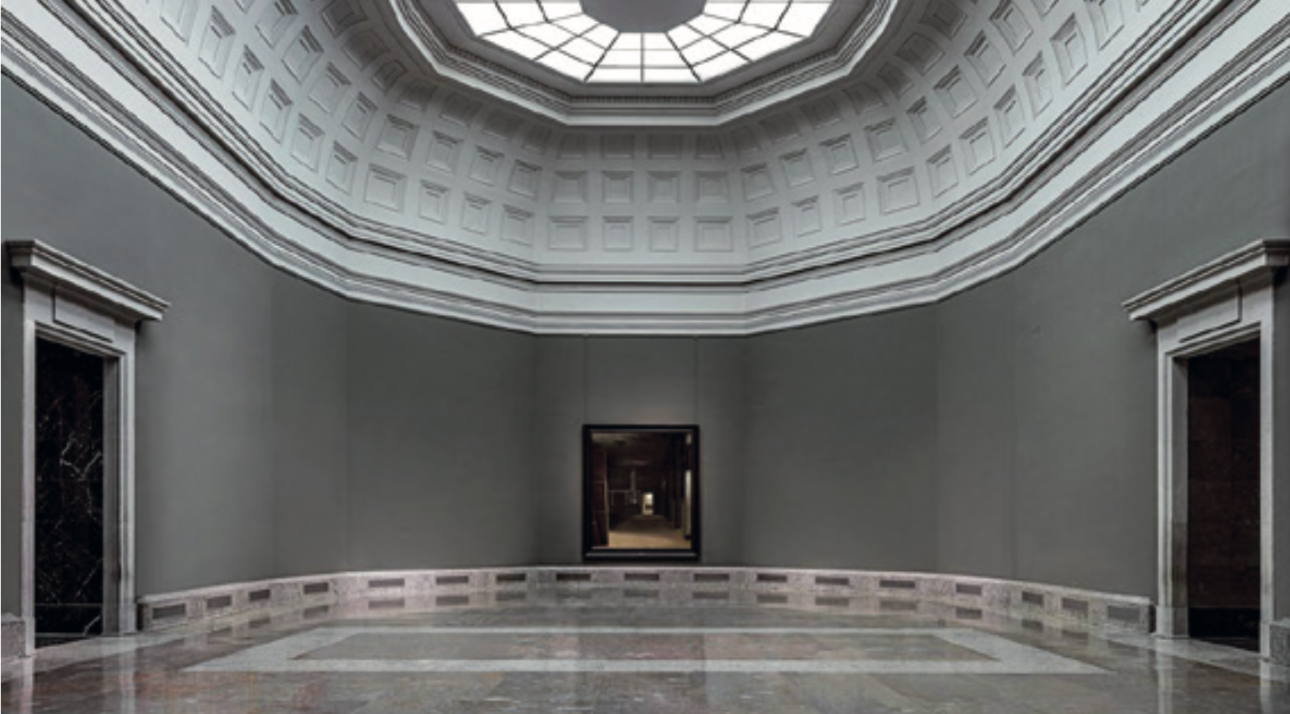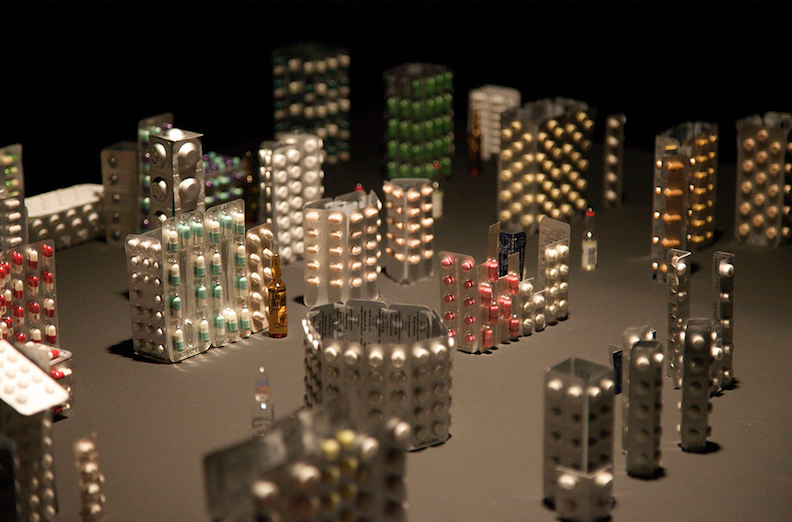Exhibitions
Marguerite Duras and the works of Oriol Vilapuig and Ángela Bonadies & Juan José Olavarría in La Virreina
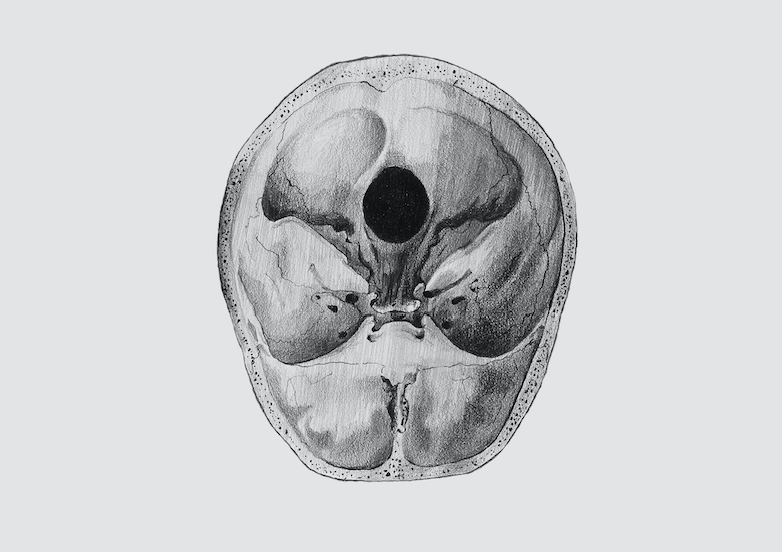
The Virreina Center de la Imatge has inaugurated an exhibition that covers the entire literary, film and television work of the French artist Marguerite Duras (1914-1996). Valentín Roma, director of the center, explained that this is the first exhibition of a certain size that collects and relates all the work of an author he has described as a popular icon and a cult author at the same time.
Articulated around nine thematic axes, the exhibition adds to each of the film themes that account for the audiovisual experimentation that Marguerite Duras carried out, her ways of adding new semantic links between image and text.
A large part of the photographic and cinematographic materials shown in the exhibition have been donated by Jean Mascolo, son of Marguerite Duras, who keeps part of the author's archive. Numerous period documents belonging to the National Audiovisual Institute (INA) are also on display.
On the other hand, two more exhibitions can be visited in the rooms of the center. Empty images of Oriol Vilapuig, until October 2, and In the bowels of the beast by Ángela Bonadies & Juan José Olavarría until June 5.
Empty images of Oriol Vilapuig unfold in the manner of a set of interwoven leaks. Eight plot lines —Opening, Threshold, Living and Organizing, Folies des hommes, Otranto Fanfare, Time. Wish. Boredom, Repetition and, finally, The Fascinating Room — they make a warp that jumps from the fragment to the anachronism, from the unseen facts to the overwhelming ones.
In the work of Oriol Vilapuig (Sabadell, 1964) images are a kind of poetry, that is, a trigger that produces meaning and invites us to consider not only the position of the artist, but also the positions of those who are 'they approach. Before an archive of fetishes rescued from history or from the present, the snapshots Vilapuig makes take on a triple nature: they come from untimely places and head for ungovernable places; they advance with one foot in the apocalypse and the other in the apotheosis, and say everything showing themselves and empty themselves so that we can narrate them.
Finally, conceived as a graphic novel, In the bowels of the beast is added to the many works developed under the heading The Tower of David, which adopted different formats - installations, sculptures, photographs, etc. - according to their successive public views. This exhibition not only shows the original drawings, but also an unpublished museographic presentation, designed specifically for the Miserachs Room.



